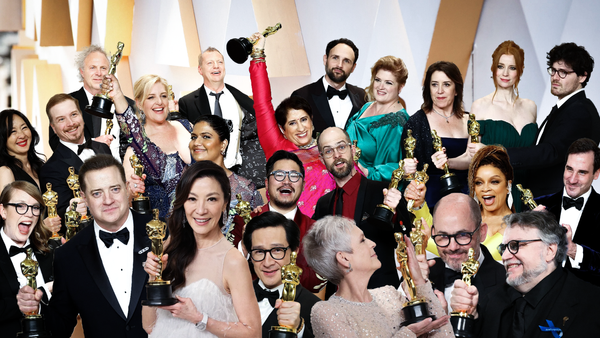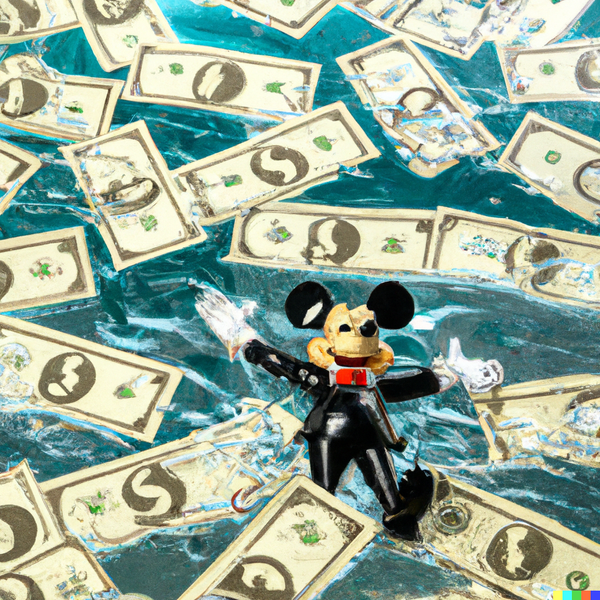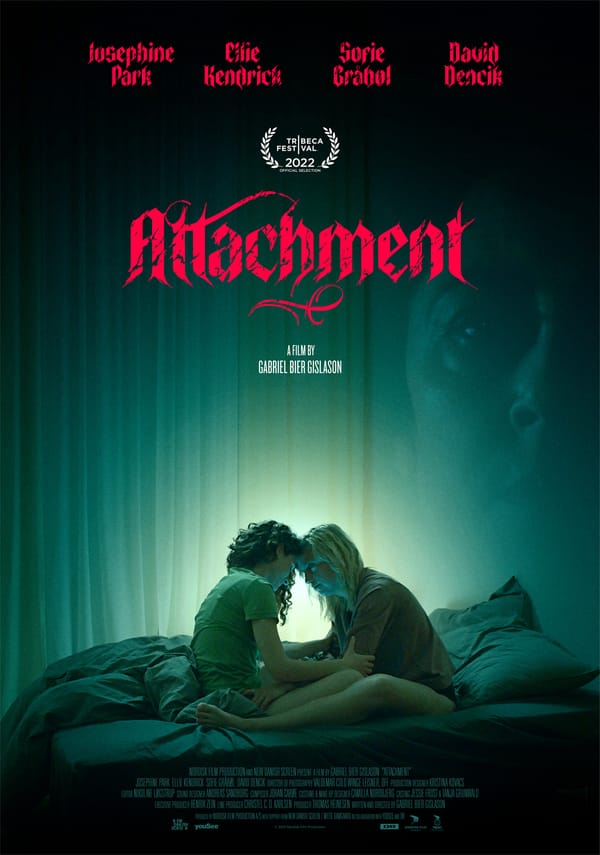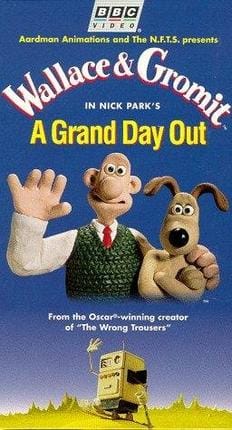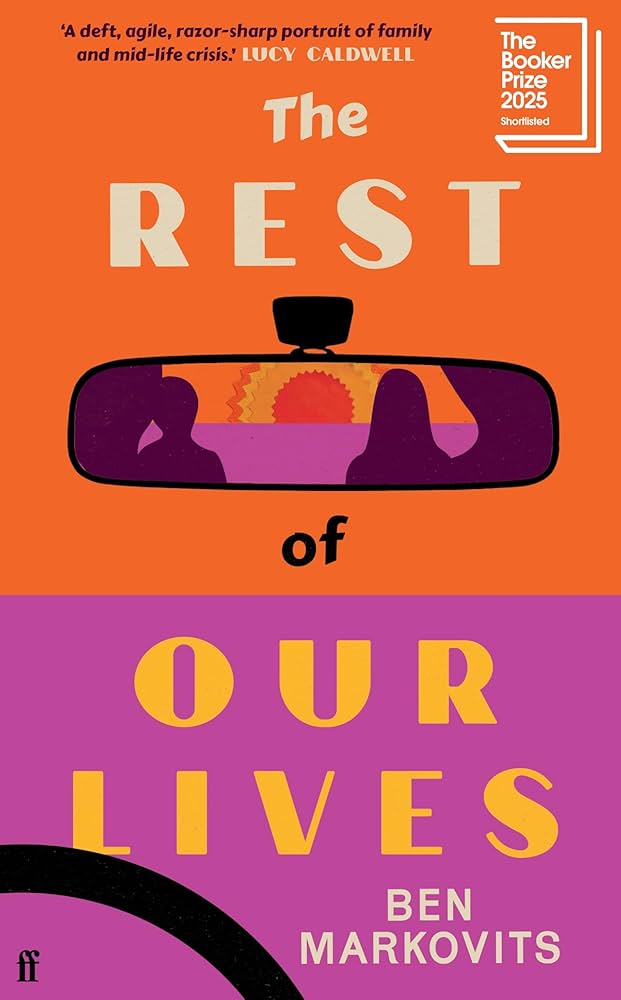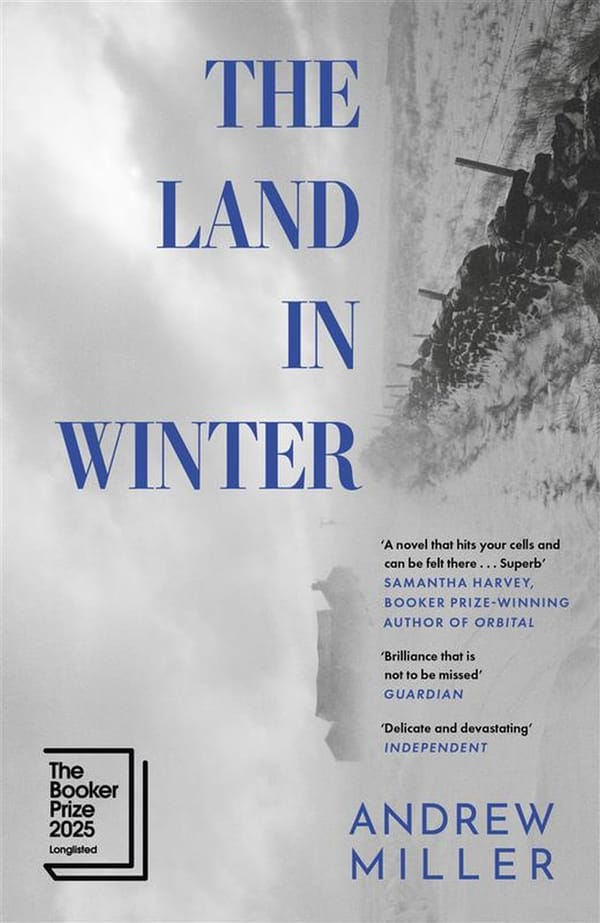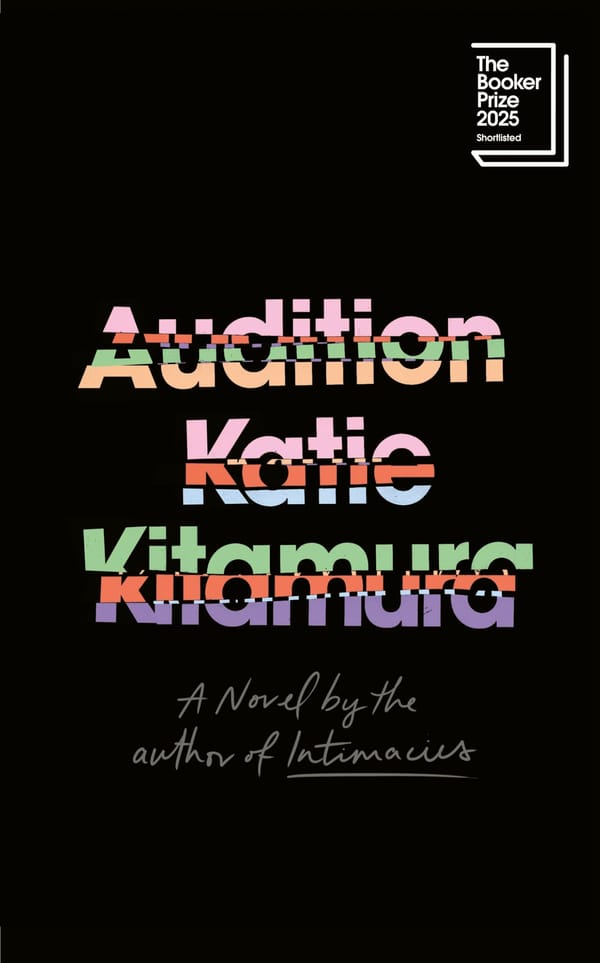Sex, drugs, and the Prisoner of Azkaban
The world of Harry Potter is magical and fantastical, full of dragons, goblins, gnomes, witches, wizards, sentient art, funny hats, flying broomsticks, and wands. Every year a bunch of schoolchildren get put in some form of mortal peril, and every year a bunch of schoolchildren defeat the mortal peril with magical spells (the mortal peril is rarely treated as more noteworthy than the school quidditch tournament, or the house cup). Y Tu Mamá Tambien is a Mexican indie coming-of-age comedy-drama where two foul-mouthed teenage boys convince a beautiful older woman to accompany them on a drug- and alcohol-fuelled road trip to a beach (that they made up), both desperate to sleep with her, and she goes with them since her life had conveniently fallen to pieces the day before. Young director Alfonso Cuarón was just on the cusp of releasing Y Tu Mamá Tambien when he accepted the job to direct Harry Potter and the Prisoner of Azkaban, on the suggestion of Guillermo del Toro, who politely called him “fuckin’ flaco” by way of persuasion.
This seemed an odd choice. Chris Columbus, director of the first two Harry Potter films, had a pretty standard career of family friendly fare like Home Alone and Mrs Doubtfire. And there’s no doubt that he did a great job introducing the Wizarding World to the screen, laying the groundwork for the visuals of the world, and diligently guiding the acting of a cast of young, inexperienced actors. And the lighter atmosphere worked well for that cast, and that introduction. But the core of Harry Potter isn’t the spells, nor the wizards – it’s about growing up, going to school, and (as cliché as it is) the power of friendship in adolescence. And, as is frequently pointed out when the books are discussed, the stories and characters grew up in parallel to their audience. Prisoner of Azkaban comes at a pivotal time in the series, when the main characters enter their teenage years, and things begin to get darker, spookier, and a lot more nuanced. Columbus set the scene for the rest of the series; Cuaron set the tone.
The cinematography in Y Tu Mamá Tambien is great. The camera is handheld and shaky, at times almost lending a documentary quality – it feels real. Deep, considered shots provide us with a very personal view of the emotions of the characters, and how others’ actions affect them. Use of the classic Dutch angle allows us to infer more about the trajectory of the scene than we are told by its contents. In short, the cinematography is considered and character-driven. Cuarón brought this to Harry Potter too, and the result is a far more personal view of Harry’s world. The camera shakes with the movement of the train, moves fluidly through mirrors and windows, focuses briefly on tiny details like a quiver of the Womping Willow as it shakes off the last leaves of autumn. In the first two films, we’re introduced to the Wizarding World as an audience. In the third film, we’re in it. For a generation of young teenagers experiencing their own adolescent angst, this was perfect.
There’s a semi-famous story told in the DVD extras of Prisoner of Azkaban. Before they started filming Prisoner of Azkaban, Cuarón asked each of the three main cast members to write an essay about their character. As the story goes, Emma Watson wrote out several pages, Daniel Radcliffe submitted one, and Rupert Grint turned up empty-handed. Give or take a few magical differences, the cast were living through almost the same adolescent experience as their characters. And, give or take a few narcotic differences (depending on whether you count Butterbeer), a similar one to the protagonists of Y Tu Mamá Tambien. Cuarón’s experience of directing the latter film in part helped him to direct the most creative film in the Harry Potter series, and one of the most emotional ones. It paved the way for creativity in the later films too; for all its faults, the series has a consistent respect for filmmaking that you just don’t see in other similar franchises.
On a final note, if you’re interested in further (and much better) analyses of the filmmaking triumphs to be found in the Harry Potter films, the YouTube channel Nerdwriter1 has two excellent videos about Prisoner of Azkaban and the brilliant sound design evolution throughout the series.


